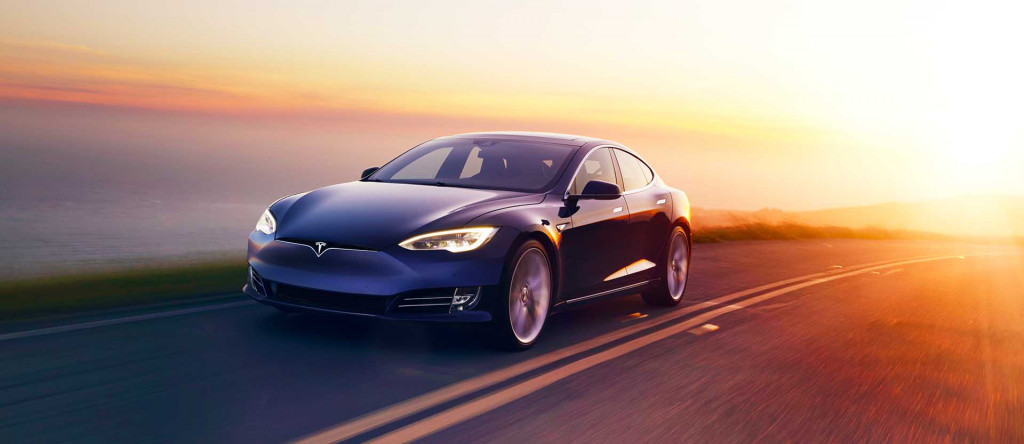California has more electric cars than any other state, and a local utility wants to put them to work powering the grid.
Southern California Edison (SCE) plans to launch a demonstration project for "vehicle-to-grid" or "V2G" technology, in which vehicles both charge and discharge power to the grid.
More than 200,000 electric cars are currently on the road in SCE's service area, and 700,000 in the entire state of California, a press release from the utility said. A car with a 100-kilowatt-hour battery pack—the size pack used in the Tesla Model S and Model X—could power an average California household for nearly a week, according to SCE.
The number of electric cars is expected to grow significantly. For California to meet its goal to become carbon neutral by 2045, SCE said it needs 75% of vehicles in the state to be electric by then.
The demonstration project aims to see if V2G could lower customers' electric bills in exchange from energy supplied from their cars while connected to the grid. The project will also look at standardization of equipment needed to connect cars to the grid.
SCE plans to use a mix of passenger cars and buses. The passenger cars will be charged at both workplace sites and in laboratory conditions, the utility said.

2020 Tesla Model S
SCE hasn't determined specific makes or models yet, but is in discussions with two light-duty automakers, a transit-bus manufacturer, and a school-bus manufacturer, a spokesman told Green Car Reports.
A number of studies have suggested that electric cars could have a stabilizing effect on the grid by making use of excess generating capacity during periods of low demand, and discharging stored electricity during periods of high demand.
In 2017, another California utility—Pacific Gas & Electric—partnered with BMW on a V2G study. It showed that cars were able to aid the grid during peak usage.
V2G requires electric cars to be capable of bidirectional charging. The first privately-available device for this will likely be the Wallbox Quasar, scheduled to launch for the Nissan Leaf later this year. However, the Quasar will not be used in the upcoming demonstration project, the SCE spokesperson said.
With Wallbox and Enel X (formerly MotorWerks) now among the companies building hardware, utilities, regulators, and automakers concerned about warranties can hopefully fast-track the technology to where it might do some good.
